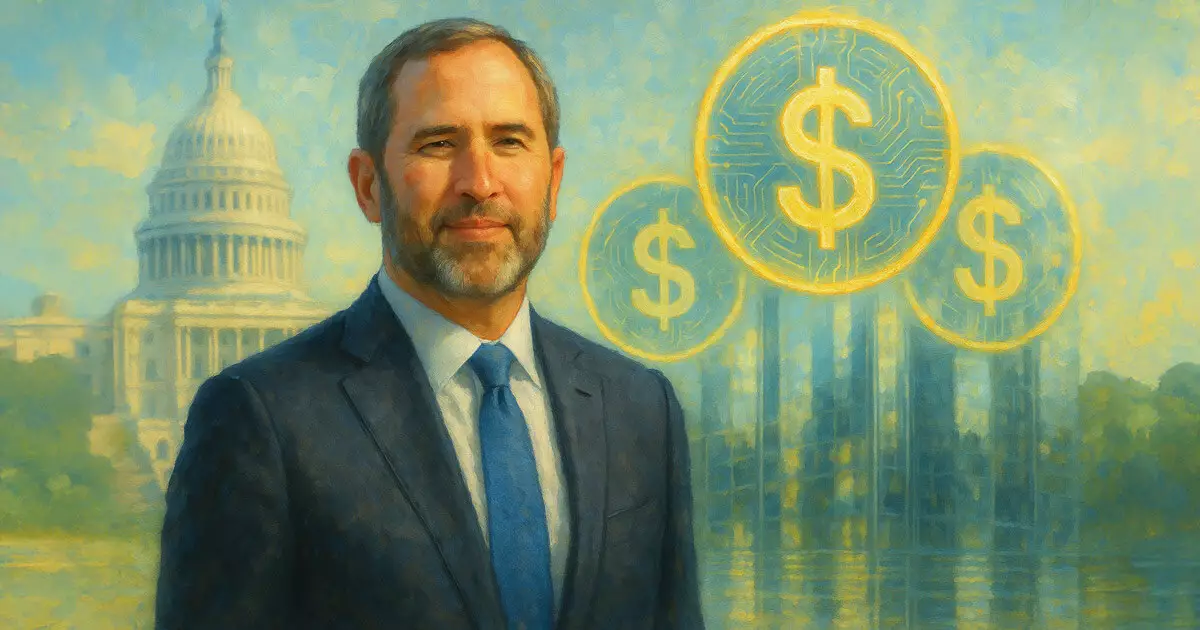The realm of digital finance is moving at lightning speed, yet the United States seems perilously stuck in neutral. Ripple CEO Brad Garlinghouse openly voiced a growing concern shared by many in the financial and tech sectors: the critical need for a coherent regulatory framework for stablecoins. Without swift and decisive action, the U.S. could lose its edge in an increasingly competitive global landscape. This isn’t just idle chatter from an industry luminary; it’s a rallying cry underpinned by dire implications for innovation, investment, and maintaining influence on the democratic world stage.
The Global Race for Financial Technology Leadership
As stablecoins become embedded into global financial ecosystems, countries without clear regulations are rapidly paving the way for their use, while the U.S. hesitates. The Senate’s recent failure to advance the GENIUS Act—a pivotal piece of legislation aimed at establishing federal oversight—illustrates the stagnation that could render this nation irrelevant in the digital finance arena. As foreign competitors capitalize on regulatory clarity, the continued dithering on the home front risks not just economic repercussions, but also our country’s status as a pioneer in technological innovation.
Missed Opportunities and Growing Pains
In the face of this inertia, it isn’t merely the financial markets that will be adversely affected. U.S. Treasury Secretary Scott Bessent characterized the Senate’s defeat as a lost chance to extend the supremacy of the dollar amid shifting global dynamics. He argues that legislation was crucial for consolidating a united front against the increasing acceptance of alternative financial systems. Absent a cohesive regulatory framework, the U.S. forces businesses into a labyrinth of inconsistent state laws, stifling creativity and growth while ceding ground to more agile competitors.
The Practical Utility of Stablecoins
Stablecoins stand apart in the cryptocurrency family. Unlike their volatile cousins, stablecoins offer a practical solution for businesses seeking to harness blockchain technology without the risks associated with extreme price fluctuations. With transaction volumes soaring, recently hitting a staggering $1.82 trillion, these instruments are not just aspirational but are becoming an essential component of the financial fabric. They provide services that countless startups and established companies rely on—facilitating seamless payments across borders, enhancing liquidity, and often improving overall economic efficiency.
Traditional Finance’s Awakening
The recognition of stablecoins by traditional financial institutions marks a seismic shift in attitudes toward cryptocurrency. Major players like Stripe and Meta are signaling an overwhelming shift in interest—recognition that the future of finance is not merely digital; it requires a robust regulatory framework to flourish. As the industry inches toward acceptance, it’s vital for lawmakers to synchronize with market demands and emerging technologies.
The clock is ticking, and as digital currency adoption expands, there’s an urgent need for the U.S. to rally around a comprehensive framework that doesn’t constrain innovation, but rather, fuels it. An overly cautious approach may well result in a lost opportunity, one that could resound through generations.

